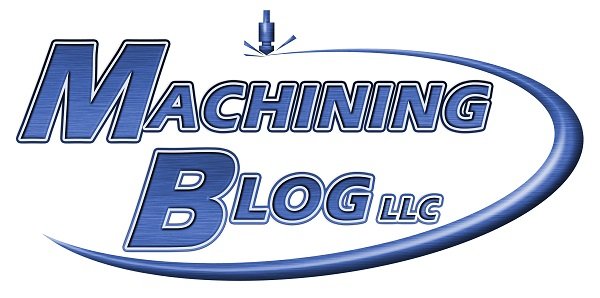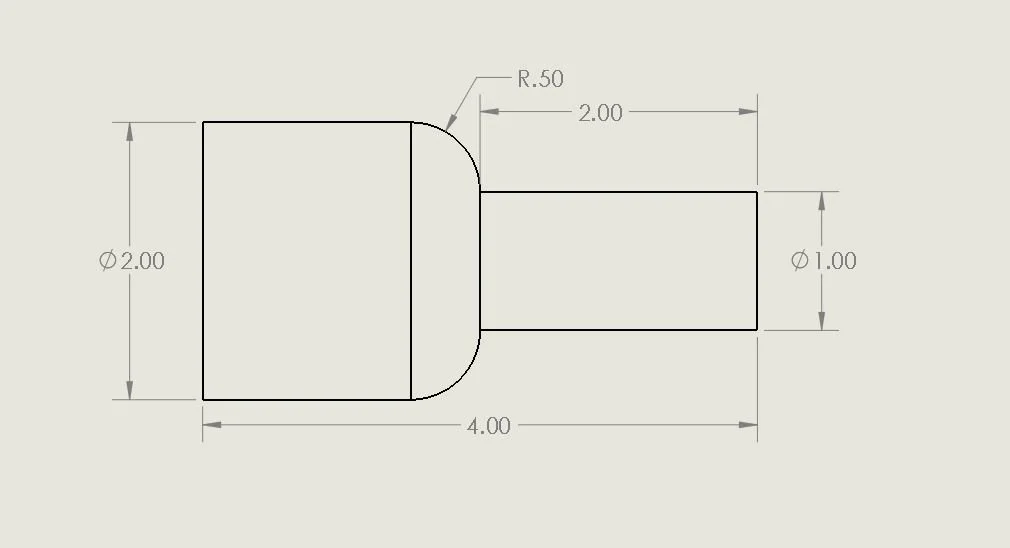All tagged Manufacturing Basics
Each line of code in a CNC program is called a “Block”. It contains G and M codes in it.
The block cannot have two M-codes in it
The ending of a Block has a End-of-Block symbol and it is a semi-colon. (Example: G1X.5; )
Precision machining is the process of removing material from the workpiece and holding a tight tolerance and finish on the part. The process of removing material from the workpiece is usually done with computer numerical controlled (CNC) machines.
The CNC Machining industry has many specialized terms for tooling, machines, and other technology. Here is our list of things to know about machining with CNC equipment.
Blueprint Reading - The term blueprint reading means that someone interprets ideas that are on a drawing or print.
CAD/CAM Software – CAD is the acronym for Computer Aided Design. CAM is the acronym for Computer Aided Manufacturing. They are computer software that are used in the manufacturing industry.
Caliper – A measuring tool that is used to measure internal and/ or external dimensions on machined parts.
Production machining means making a lot of the same parts with great accuracy. Factories use machines like CNC (Computer Numerical Control) machines, Swiss machines, and multi-axis turning machines to do this.
Within the manufacturing industry there are many sectors and a lot of terms to know and understand. Here we will define what some terms are and how they relate to manufacturing.
Manufacturing Automation: Is the use of technology and advanced machines to control the manufacturing of products. It may include the use of robotics or other equipment to aid in manufacturing.
Manufacturing Business: An organization that uses raw materials, parts, or other components to make products. To make the products they use automated systems and advanced equipment.
Machining and Tool & Die Making is what I have spent most of my career doing. There is something to be said for being able to turn a raw piece of material into a complex finished part. Through all my roles in the machine shop environment, I have identified a few soft skills, hard skills, and technical skills to have mastered if you want to be a great machinist.
CNC is an acronym for Computer Numerical Controlled. CNC is a type of machining practice. Besides CNC the other type of machining is manual machining. In CNC machining the workpiece is held in the machine and the CNC Programmer writes code so that the CNC machine can machine the workpiece. The CNC Machinist sets up and operates the CNC machine and oversees the machining process.
My first project in technical collage for tool and die making was to make 1-2-3 blocks. I milled the blocks oversize to leave stock for precision grinding. After drilling and tapping the holes in the blocks, we case hardened them. The last process was to precision grind them to size. The grinding process involved both grinding to blocks to size and to a squareness tolerance.
A machine tool is a mechanical device that is used to machine metal components. The machine tool is essential in manufacturing processes and is used to cut, drill, and grind parts. A machine tool could be a lathe, mill, or a grinding machine. Machine tools are essential to making precision parts for production machining operations.
The workflow varies from shop to shop, but we will breakdown what it might take to process a CNC lathe part.
The machinist’s role is to setup advanced CNC machines and monitor the cutting conditions as the machine makes parts. As the machinist makes the parts, they inspect the parts with inspection tools and adjust the CNC parameters to achieve a conforming part that is within specifications.
There are many terms to know and understand in the machining industry. If you are just getting started in the industry, we have designed this list to better prepare you for the job.
So, you have finished your education, either in high school or post-secondary trade school or both, and you are ready to find that machine shop meant for you. Many people do not take compatibility into consideration when completing their job search, but they should.
The code to program a G3 counter-clockwise arc on a lathe is: G3X______ Z_______ R_______
How we are taught how to pronounce a measurement in mathematics class is different from how we pronounce a measurement in machine shop class. In the following chart, I will break down the decimal place pronunciation of 0.123456.
















